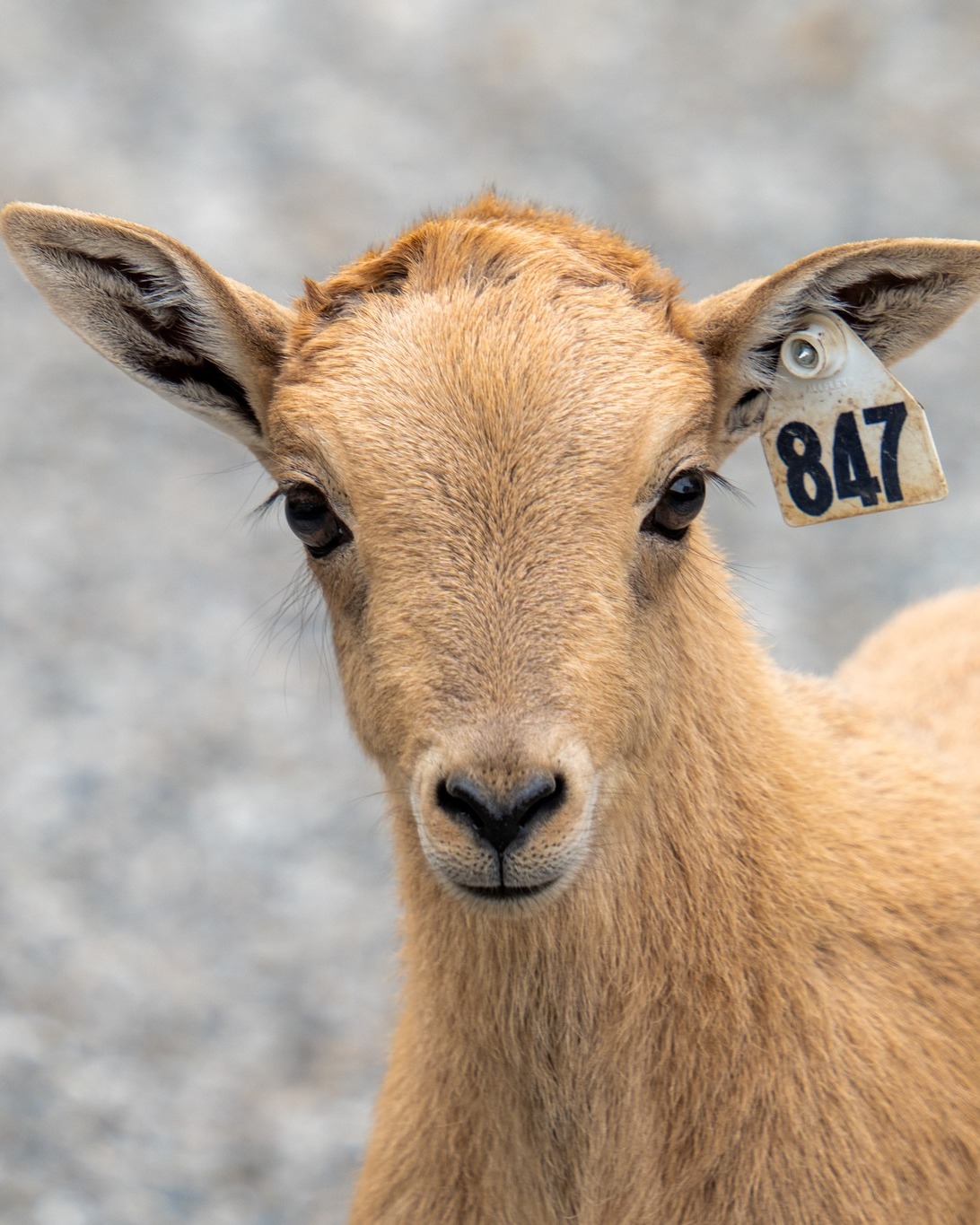- The biological and ecological aspects of the aoudad (Barbary sheep) and its adaptation to various environments.
- The behavior and developmental stages of aoudad lambs in natural habitats and managed preserves.
- Conservation efforts and the role of zoos and wildlife preserves in protecting aoudad populations.
- The challenges and strategies in zoo management and wildlife conservation for maintaining healthy aoudad populations.
- The impact of public awareness and education on conservation of species like the aoudad.
The aoudad, or Barbary sheep, is a fascinating species with unique adaptations that have enabled it to survive in a variety of harsh environments. Native to the rocky terrains of North Africa, the aoudad is an adept climber, with strong, nimble legs and keen senses. Its reddish-brown coat camouflages it against the arid landscape, providing protection from predators and harsh weather conditions. The aoudad’s horns, which curve gracefully backward, are not just for defense but are also used to navigate the challenging terrain. These biological attributes make the aoudad a subject of interest for zoologists and conservationists alike.
Observing aoudad lambs in these settings provides crucial insights into their development and behavior. Born after a gestation period of about 160 days, aoudad lambs weigh around 5-6 pounds at birth. In the wild, they stay close to their mothers for protection and guidance. Early bonding is vital, as it influences the lamb’s survival skills and social behaviors. As the lambs grow, they begin to explore their surroundings, mimicking adults and learning essential habits. These lambs are particularly vulnerable to predation, making maternal protection a critical element of their early life.
In modern zoos and wildlife preserves, the conservation of species like the aoudad is integral. These institutions play a crucial role in breeding programs, genetic diversity maintenance, and public education about species conservation. The success of these programs hinges on the careful study of animals’ needs and behaviors. In the case of aoudads, creating an environment that echoes their natural habitat ensures their well-being and encourages natural behaviors. Zoos work tirelessly, using both scientific expertise and observational data to recreate the rocky terrains that these sheep are accustomed to.
The challenges in maintaining healthy aoudad populations in captivity are myriad. Nutrition is a primary concern; replicating the native diet of grasses, shrubs, and forbs can be difficult but essential for their health. Stress management is another crucial consideration. An aoudad’s environment must mimic the expansive and rocky terrains they are used to, reducing stress and promoting natural activities. Zoo managers employ enrichment techniques, ensuring that the animals engage in instinctual behaviors, which is paramount for their psychological welfare.
Public awareness and education are pivotal in advancing conservation efforts. Zoos often serve as educational resources, highlighting the importance of species like the aoudad in their ecosystems. Engaging storytelling and interactive exhibits draw attention to their plight and the broader conservation challenges. By fostering a connection between visitors and wildlife, zoos inspire a new generation of conservationists. Empowered with knowledge, the public can support conservation initiatives, influencing policy changes and funding.
The bouncing aoudad lamb on the rocky hillsides of a preserve pasture is a symbol of hope and resilience. Through dedicated conservation efforts and public engagement, we can continue to enjoy the presence of these remarkable creatures, ensuring their survival for generations to come. As we observe these lambs alongside their mothers, it is a reminder of the intricate balance between nature and human stewardship. The collaborative efforts of scientists, zoo managers, and the public are instrumental in crafting a sustainable future for the aoudad and countless other species.
*****
Source Description
Look who is bouncing around the rocky hillsides of our preserve pasture. This little aoudad lamb hasn’t been straying far from mom’s side.


